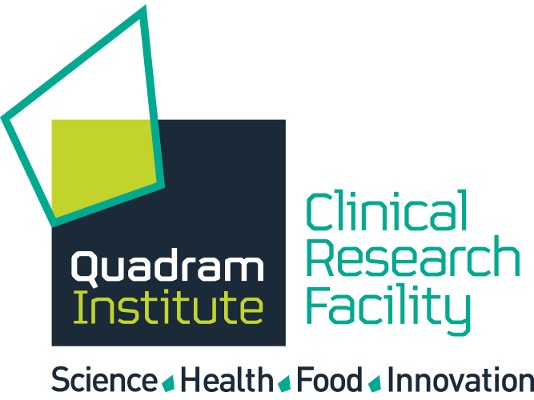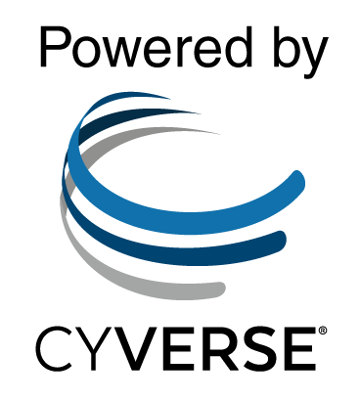
Involved Labs and funding
Enterosignatures were developed between Clémence Frioux1,2,3, Rebecca Ansorge1,2, Ezgi Özkurt1,2, Chabname Ghassemi-Nedjad3, Joachim Fritscher1,2, Christopher Quince2,1, Sebastian M. Waszak4,5, Falk Hildebrand1,2. The work is funded by the ERC and the BBSRC.
Please direct correspondence to Falk Hildebrand and Clémence Frioux.
1 Gut Microbes and Health, Quadram Institute Bioscience, Norwich, Norfolk, UK.
2 Digital Biology, Earlham Institute, Norwich, Norfolk, UK.
3 Inria, Univ. Bordeaux, INRAE, F-33400 Talence, France.
4 Centre for Molecular Medicine Norway (NCMM), Nordic EMBL Partnership, University of Oslo and Oslo University Hospital, Oslo, Norway.
5 Department of Neurology, University of California, San Francisco, San Francisco, CA, United States.
RA, EO, FH were supported by European Research Council H2020 StG (erc-stg-948219, 502 EPYC). CF, RA, EO, FH were supported by the Biotechnology and Biological Sciences 503 Research Council (BBSRC) Institute Strategic Programme Gut Microbes and Health BB/r012490/1 504 and its constituent project BBS/e/F/000Pr10355, Core Capability Grant BB/CCG1720/1 and the work delivered via the Scientific Computing group, as well as support for the physical HPC infrastructure and data centre delivered via the NBI Computing infrastructure for Science (CiS) group. JF was supported by the UKRI Biotechnology and Biological Sciences Research Council Norwich Research Park Biosciences Doctoral Training Partnership
BB/T008717/1. CQ was funded through through the MRC Methodology grant ‘Strain resolved metagenomics for medical microbiology’ MR/S037195/1. Some of the experiments presented in this paper were done using the NBI Computing Infrastructure for Science, and PlaFRIM experimental testbed, supported by Inria, CNRS (LABRI and IMB), Université de Bordeaux, Bordeaux INP and Conseil Régional d’Aquitaine (see https://www.plafrim.fr ). The authors thank Judith Pell for proofreading the article and all members of the Hildebrand group for valuable feedback, discussion and support.





